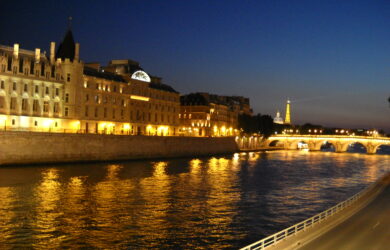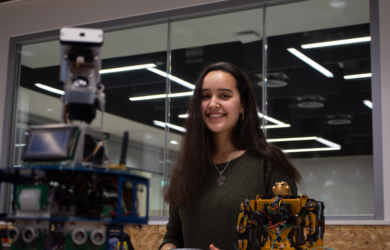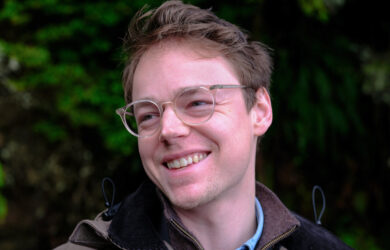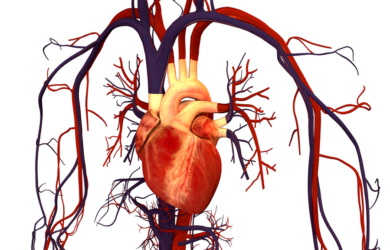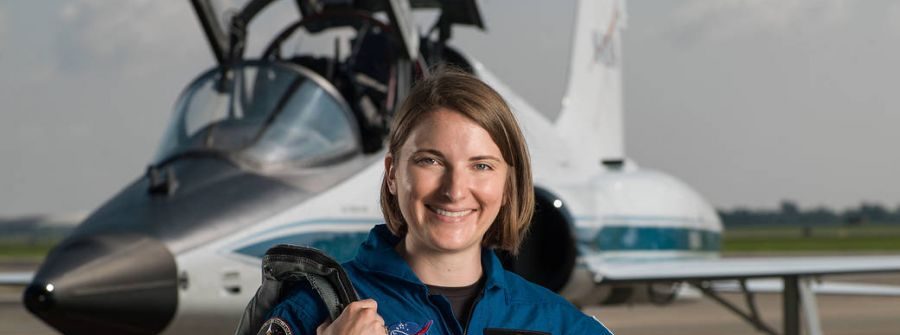
Gates Cambridge Alumna Kayla Barron has just graduated from an astronaut training programme at NASA which aims to put the first woman on the Moon.
The training has been challenging in different ways than I expected. The space walk was really demanding and rewarding. You can imagine what it will be like in real life. It was very much a group effort. You have to work together.
Kayla Barron
Kayla Barron has been a pioneer throughout her working life. One of the first class of women commissioned into the US Navy’s submarine community, she is now a graduate of NASA’s astronaut training programme and could become one of the first women to set foot on the Moon.
In December Kayla [2010] finished her training on the Artemis programme and is now one of a small but growing cadre of female astronauts who are vying to become the first woman to set foot on the Moon.
The first US woman did not go into space until 1983. Since then there have been more than 40 female astronauts in space. However, none has yet walked on the Moon. NASA aims to have its first female on the Moon as part of its Artemis mission. Artemis will send astronauts to land and live on the Moon by 2024 and around once a year after that. In addition to exploring the Moon they will learn how to live and operate on the surface of another celestial body and test the technologies needed to send astronauts on missions to Mars.
A fortuitous meeting
Kayla began her career in the US Navy and in 2010 moved to Cambridge to do an MPhil in Nuclear Engineering. A year later she returned to the Navy where she completed three strategic deterrent patrols while serving as a division officer aboard the USS Maine, a ballistic missile submarine.
It was while she was thinking about what to do next that she met an astronaut who had been to the International Space Station. The two discussed the parallels between living and working on a submarine and working in space. “The timing was fortuitous,” says Kayla. “A month later NASA was taking applications. I was qualified so I thought why not go for it.”
She says it was “really humbling” to attend the interviews due to the standard of the other applicants. “Any one of them could have been selected,” she states. Of the 11 NASA trainees in her class who were chosen from 18,000 applicants she says all shared certain characteristics: an appetite for adventure and a passion for working in teams. Working on a submarine Kayla had been used to having a very supportive team around her, something that is absolutely vital in both the Navy and in space. “Even if you make mistakes your team members inspire you to do better every day,” she says.
Team work
At the time she left the Navy and started her training, Kayla had been serving as the Flag Aide to the Superintendent of the US Naval Academy. She brought with her her engineering knowledge and the discipline of working in a tight-knit team. The two-year training programme involved learning a lot of new skills. For instance, she had to learn how to walk in zero gravity at a neutral buoyancy lab. Some of the training involved was underwater to mimic buoyancy effects. “It was like a dress rehearsal for space,” says Kayla. She also had to do aviation training in a T38 jet – the world’s first supersonic trainer jet, learn robotics and ISS systems as well as study Russian. “The training was challenging in different ways than I expected,” she says. “The space walk was really demanding and rewarding. You can imagine what it will be like in real life. We did it in pairs. It was very much a group effort. You have to work together.”
Kayla hopes she will get a chance to get to the International Space Station before it is due to be decommissioned in 2024. At the moment, though, she is waiting her turn and working in mission control as a communicator and on space suit design. There are two types of suit she is working on: the launch landing suit, which is like the orange suit associated with the space shuttle, and the exploration spacesuit which astronauts will wear to explore planet surfaces. The launch landing suit protects astronauts from the dynamic phases of flight, for instance, from depressurisation, and requires a different kind of mobility, particularly with regard to head dexterity. The exploration suit has to carry everything that astronauts need to survive, from oxygen to water. Kayla says the exploration suit will be ready in 2023 and she hopes it will be used by the first woman to touch the surface of the moon.
Kayla doesn’t know what criteria are used to select who goes on which mission. For her the important thing is that everyone works as part of a team to support the mission and to get ready for future missions. “We are always training,” she says.
Engineering at Cambridge
Asked how Cambridge and Gates Cambridge in particular has contributed to her career, she says: “Cambridge gave me an awesome opportunity to continue my engineering journey and to work on an independent research project with Dr Geoff Parks.” Her master’s focused on modeling the fuel cycle for a next-generation, thorium-fuelled nuclear reactor concept. “It was really cool to work on a new engineering design project,” says Kayla. “It is challenging to work through the nit picky details. I really do rely on that experience for what I am doing now. On the submarine and here team work is vital. Different people in the team bring different expertise and you have to be good at communicating that knowledge under stress. Cambridge taught me important lessons that serve me here.”
She adds that her favourite part of her time at Cambridge was participating in the Gates Cambridge community, where she met her husband, Tom Barron [2010] who is serving in the US Army. “It was an incredible peer group and such an enriching environment,” she says. “I am still in touch with other Gates Cambridge Scholars and we all talk about it as being the best year of our lives. I would not trade that opportunity for anything.”
Kayla Barron
- Alumni
- United States
- 2010 MPhil Engineering
- Peterhouse
I graduated from the U.S. Naval Academy in May 2010 with a B.S. in Systems Engineering. Driven by a passion for curbing the effects of anthropogenic climate change while meeting growing global energy demands, I sat for an MPhil in Nuclear Engineering at Cambridge, conducting fuel cycle research on a thorium reactor concept known as the Accelerator Driven Subcritical Reactor. I am currently serving as a submarine warfare officer in the U.S. Navy.

Thomas Barron
- Alumni
- United States
- 2010 MPhil African Studies
- St John's College








